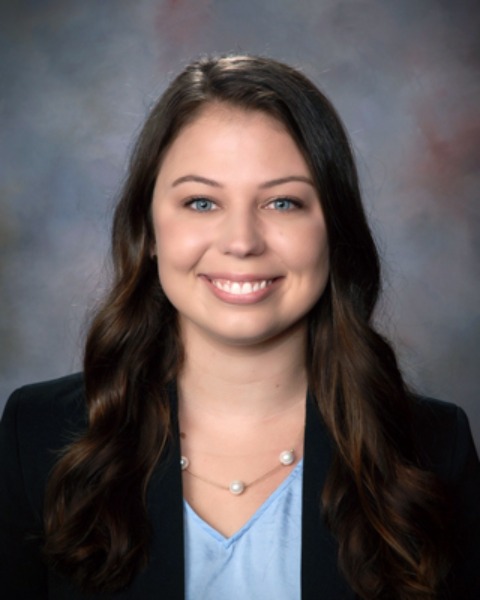Technology
Session: Technology 1
162 - After the Cures Act: What does improved caregiver access to inpatient notes look like?
Sunday, May 5, 2024
3:30 PM - 6:00 PM ET
Poster Number: 162
Publication Number: 162.2265
Publication Number: 162.2265

Amanda Walker, MD (she/her/hers)
Resident Physician, PGY3
Nemours Children's Hospital, Delaware
Philadelphia, Pennsylvania, United States
Presenting Author(s)
Background: Patients gained faster, easier access to their health data after implementation of the 21st Century Cures Act Final Rule in April 2022. Increased access to pediatric medical information has been associated with improved parental understanding of their child’s care. Previous studies have shown that online patient portal access is skewed toward white, English-speaking, privately insured patients. No studies have assessed demographics of hospitalized pediatric patients whose caregivers viewed clinical notes.
Objective: To identify demographic and clinical factors associated with caregivers viewing hospitalization notes via the patient portal and identifying types of notes most likely to be viewed.
Design/Methods: We retrospectively analyzed deidentified data from two academic children’s hospitals for one year following implementation of immediate availability of notes (April 2022 to April 2023). These hospitals offer real time access to inpatient clinical data via patient portal. We reviewed all notes for all patients hospitalized during that period. We analyzed the demographic and clinical data of patients whose caregivers activated the patient portal, and the subset who viewed clinical notes. Two sample t-test, Mann-Whitney U test, Chi-square test, and logistic regression were used to compare the distribution and to demonstrate the association between outcomes and study variables.
Results: We included 718,378 notes from 17,148 unique patients in our study. Overall, 34,186 notes (4.8%) were viewed. Sixty percent of patients had the patient portal activated, but only 15% of patients had ≥1 note read. Caregivers of patients who are non-Hispanic white and English-speaking were most likely to activate the app and view hospitalization notes (Table 1), though uninsured patients were more likely to have the app activated (OR 2.69) and notes viewed (OR 2.31). Hospitalizations that included ICU time were less likely to have ≥1 note read (OR 0.65, 95% CI 0.58-0.73). There was no significant difference in notes read for medically complex patients. Notes written by nurses, providers, social workers, and pastoral care were most likely to be viewed. Two-thirds of viewed notes were viewed after discharge.
Conclusion(s): Our study shows significant disparities in portal access and viewing notes for hospitalized children. Further work is needed to identify barriers that may be differentially affecting marginalized groups. Interestingly, two-thirds of notes were viewed after discharge, suggesting caregivers view notes to recap a hospitalization rather than to stay up to date on their child’s care plan.
.jpg)
